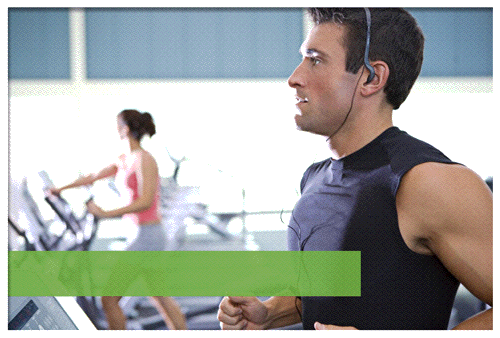Most athletes these days do not incorporate state of the art techniques to prevent injury and provoke proper recovery needed to cross the finish line injury free.
Over the past 8 years as a Chiropractic Sports Specialist, I’ve seen a constant rise in the number of patients who participate in triathlon/endurance events. I’ve also seen an increase in injuries due to repetitive overuse and overtraining with a lack of emphasis on recovery. So, here are three recovery tools that I incorporate into my practice and treating patients looking to have a injury free year of racing.
Active Release Technique
Most endurance athletes are unaware of the amount of scar tissue or adhesion their bodies develop from grueling practice runs, swims, and bike rides. A staggering 95% of musculoskeletal injuries are scar tissue related, and can be resolved or prevented with a technique such as Active Release Technique. What exactly is scar tissue? It is a sticky and dense substance that the body’s own immune system develops as a result of damage or micro tears to the fibers inside our muscles, tendons, and ligaments. Scar tissue overtime limits the bodies joint range of motion, and then leads to the injuries that most plague endurance athletes. Active Release Technique involves the use of a practitioner’s hands to gently break down or eliminate the scar tissue to help restore proper range of motion, and ultimately improve the performance that we as Triathletes desire so much.
Hyperbaric Oxygen Therapy
I also believe in the recovery and overall health benefits of Hyperbaric Oxygen Therapy. This revolutionary treatment involves the patient relaxing in a pressurized chamber at 4+ psi with 100% pure oxygen. The pressure in the chamber forces the oxygen the patient is breathing in to go into the blood stream and overworked muscles and joints. This treatment reduces swelling and inflammation, increases Glycogen stores (energy), and increases immune system function. Further, HBOT increases the body’s oxygen content and healing rate of overworked muscles by 200%. (Yourwellness.com) Research shows that one 60 minute treatment reduces swelling and inflammation at a rate of taking 40 Motrin without the toxic effects. (sportshyperbarics.com)Time spent in the chamber is typically calming for most patients, and they enjoy reading a magazine, listening to their iTunes or just taking a nap. Patients typically come out of Hyperbaric Oxygen Therapy feeling energized and ready to get back to training and preparing for races throughout the season.
Deep Tissue Laser Therapy
Finally, a fantastic technology for sports related injuries and recovery is the use of Deep Tissue Laser Therapy. This treatment is a scientifically based therapeutic modality that uses light therapy to stimulate increased circulation and reduce inflammation to an injured site an endurance athlete may be experiencing. This cutting edge technology allows athletes to recover faster from most typical injuries associated with overtraining. This unique treatment is superior for treating sports injuries due to there are no side effects or down time after treatment. This allows the endurance athlete to return to training/racing must faster than conventional medical procedures. Deep Tissue Laser Therapy treatment typically takes 5-10 minutes with multiple applications needed to effectively heal and reduce swelling to the injured or overworked region.
So, if you are a triathlete or simply interested in getting more information any of these recovery tools, I hope you find this article helpful. Adopting one or all three of these techniques into a recovery regimen should help effectively reduce injury, wear and tear to your body as you train and race this year.
Dr. Jeff Eidsvig, DC,ART,TPI-CGFI Board Certified Chiropractor
Active Release Technique Provider
Titleist Certified Golf Fitness Instructor
Willow Bend Sports & Spine Center
is located in Plano, Texas | Get Directions
wbsports-spine.com



